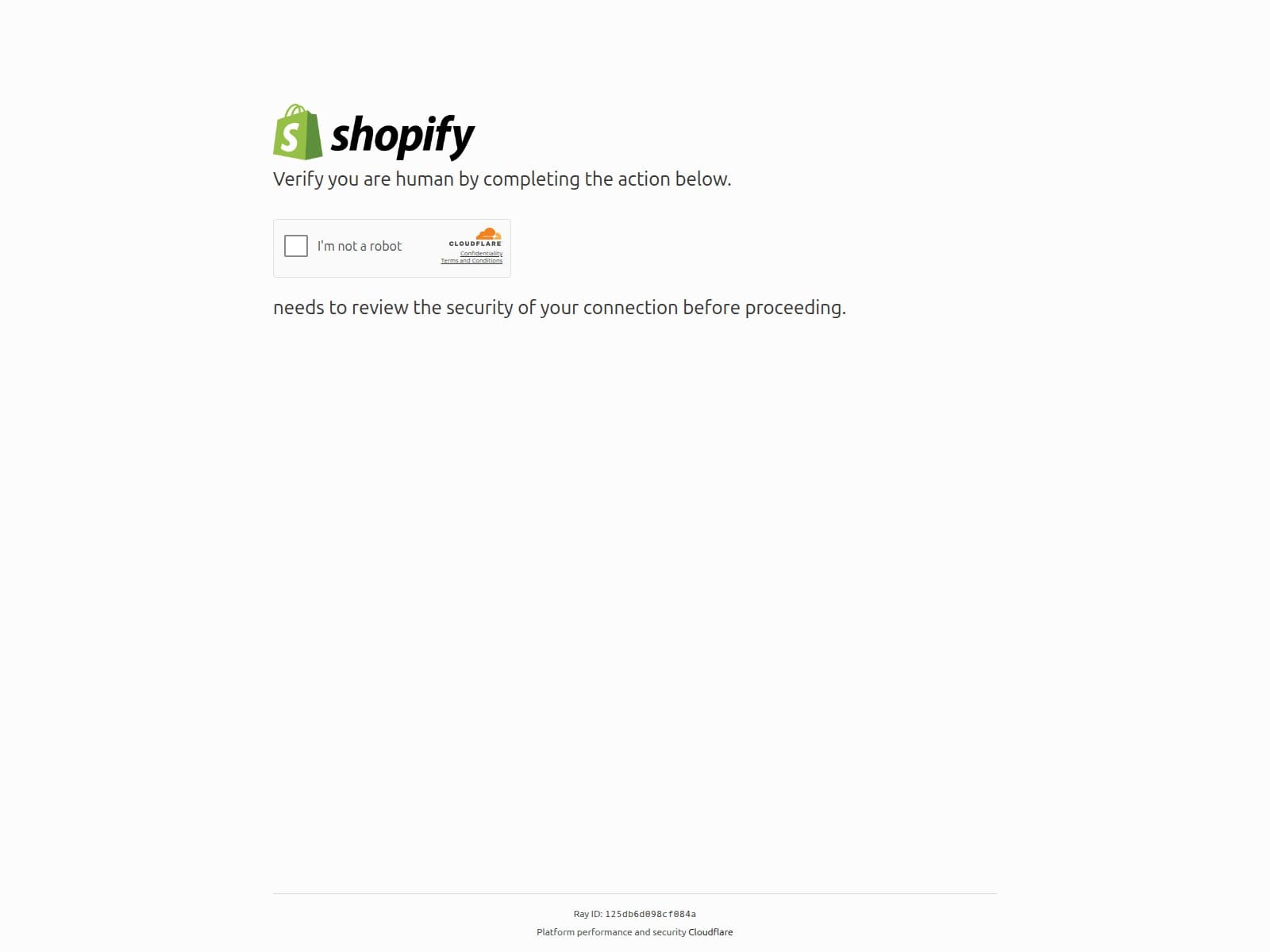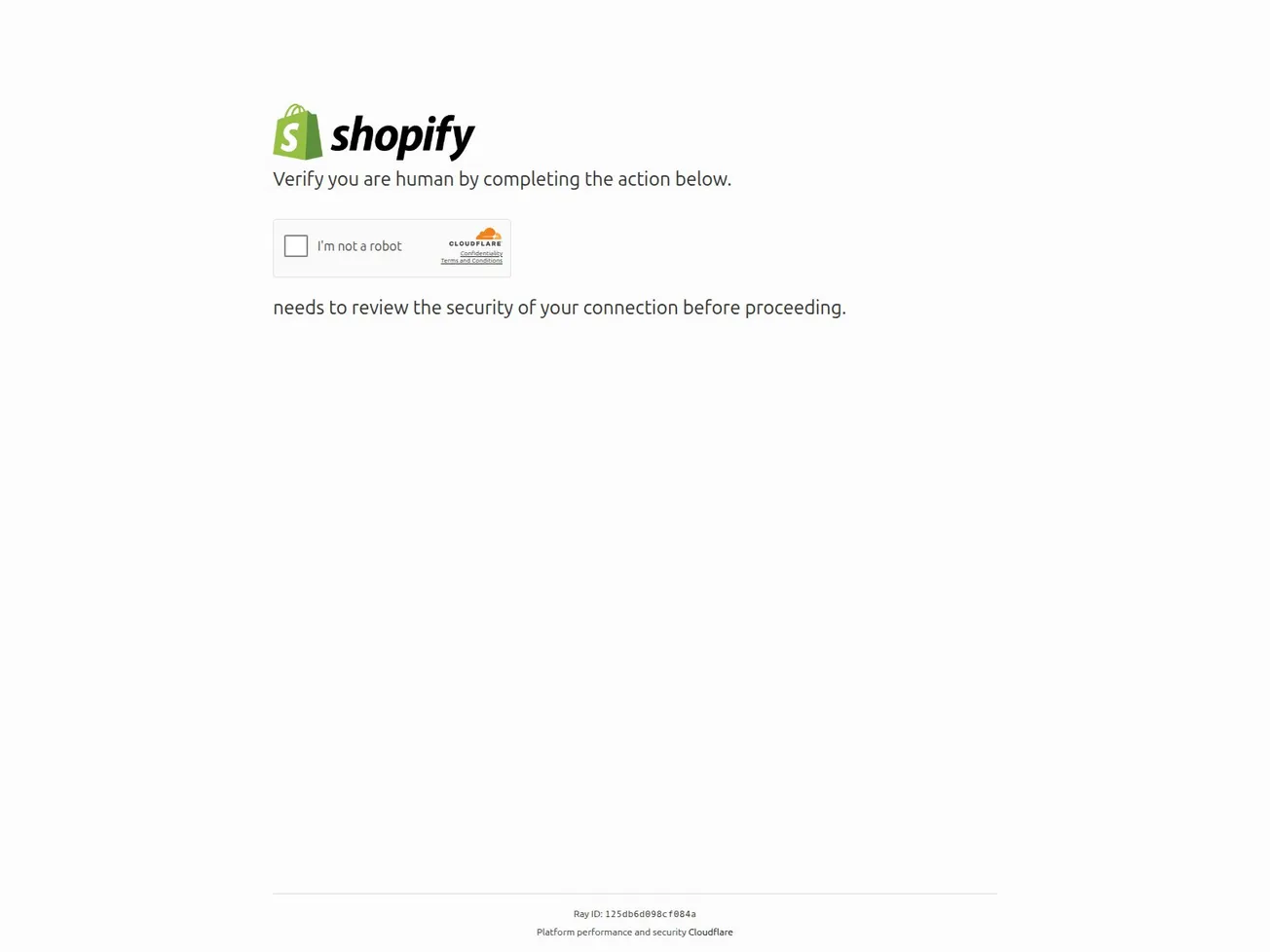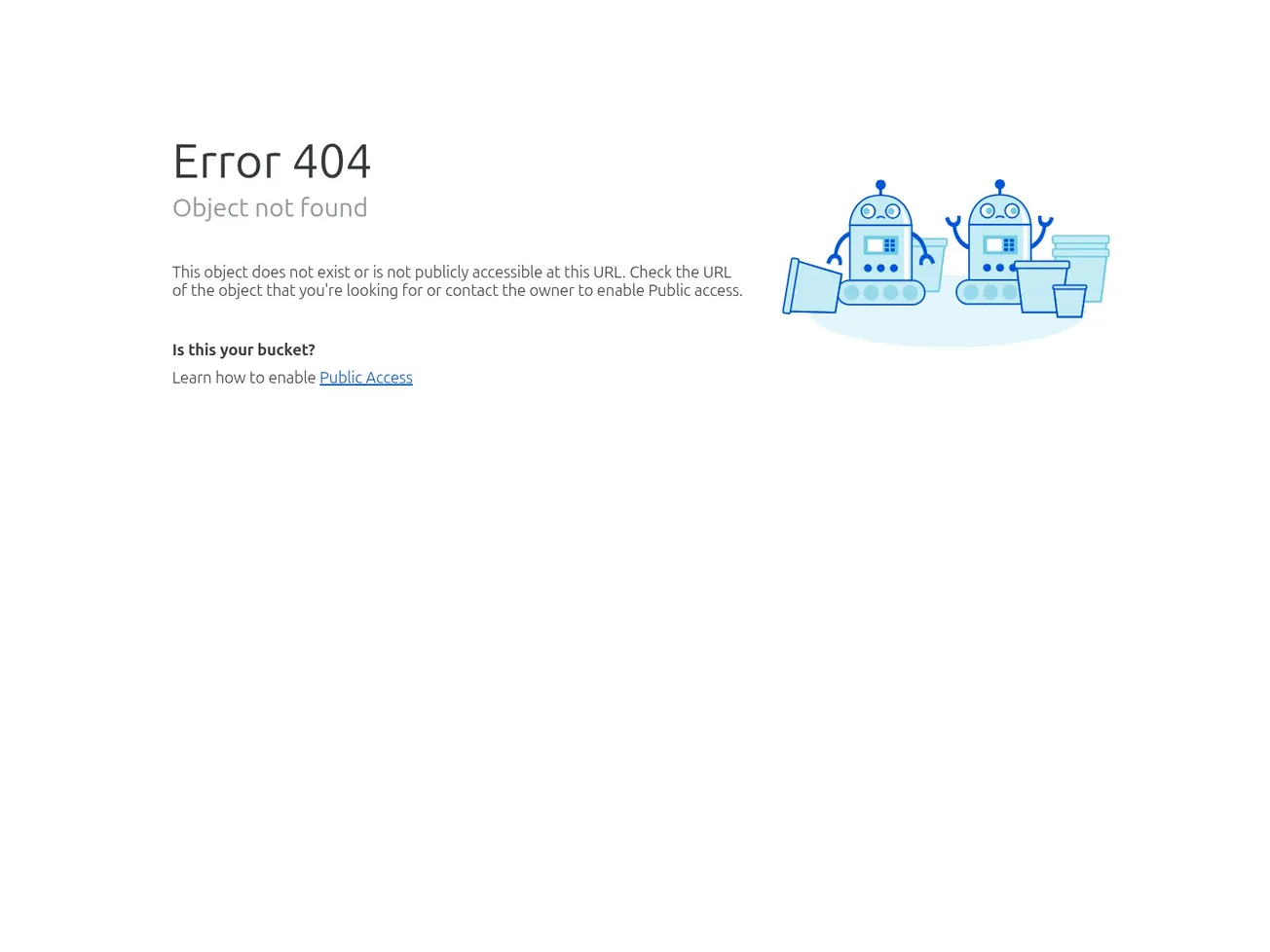📖 Overview
A domain impersonating Shopify’s verification portal, thesmartboater.com, has been identified as part of a ClickFix payload delivery campaign. The site mimics a standard “security verification” page while hosting injected scripts that redirect users or deploy secondary payloads. This infrastructure is typical of ClickFix campaigns, which exploit compromised or expired WordPress and Shopify-themed domains for malware delivery and phishing redirections. Confidence is assessed at 100%.
📌 Key Details
| Field | Information |
|---|---|
| Type | Domain |
| Indicator | thesmartboater[.]com |
| Threat Type | Payload Delivery |
| Malware | Unknown |
| Confidence | 100% |
| Date | 03 Nov 2025 – 18:16:11 UTC |
| Tags | ClickFix |
| Reporter | HuntYethHounds |
| Reference | None |
🔎 URLScan Result
- Verdict Score: 0
- Page Title: Checking if you are human
- Screenshot: View Screenshot
- Result: Full Scan Report

🌐 Domain & Certificate Info
- DNS A Record: 94[.]156[.]232[.]243
- MX Record: 0 thesmartboater[.]com
- Recent Certificates:
• C=US, O=Let's Encrypt, CN=R12 (valid: 2025-09-15 → 2025-12-14)
• C=US, O=Let's Encrypt, CN=E7 (valid: 2025-08-27 → 2025-11-25)
📡 Related Intelligence
- Certificate Transparency: crt.sh Report
- VirusTotal: VT Domain Report
- URLScan Domain Overview: urlscan.io Domain Page
- DNS Analytics: dnslytics.com Report
🛡️ Defensive Guidance
- Block all access to thesmartboater[.]com at perimeter and endpoint levels.
- Inspect web proxy and DNS logs for prior user activity related to this domain.
- Monitor for redirects or network beacons tied to the ClickFix campaign family, often using
.phpor.jspayload stagers hosted under e-commerce lookalike sites. - Employ heuristic browser-based protection to detect spoofed CAPTCHA or verification overlays impersonating Cloudflare or Shopify.
⚠️ This IOC demonstrates ongoing ClickFix payload distribution tactics, leveraging expired Shopify domains and deceptive human verification screens to compromise unsuspecting users through malicious script injection and redirect-based infection chains.









